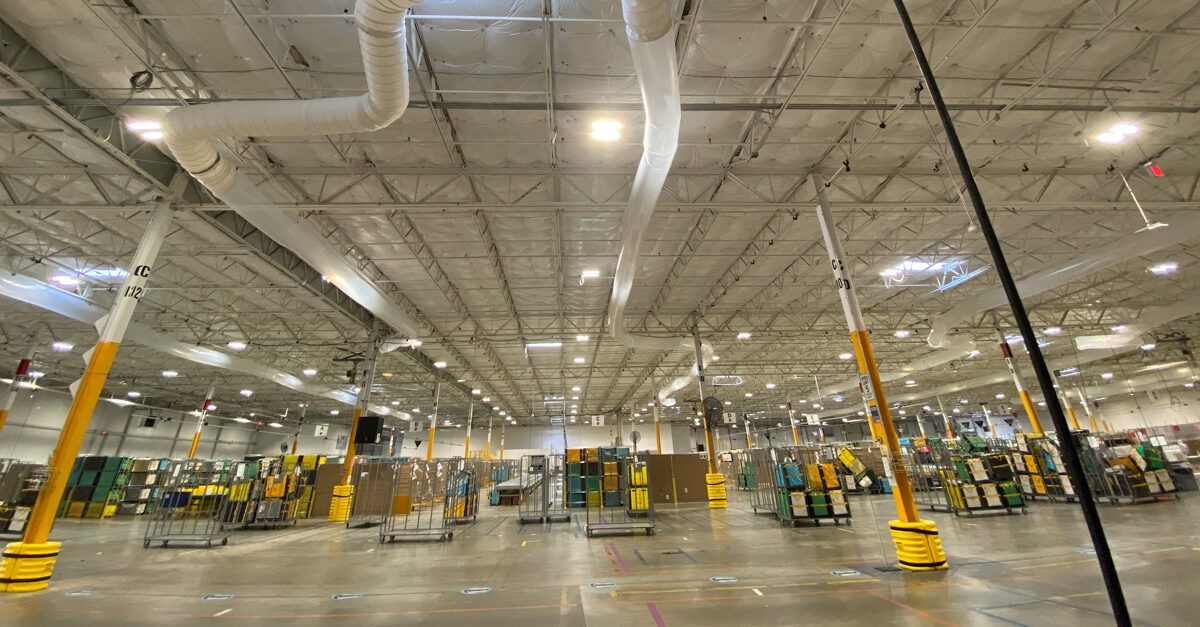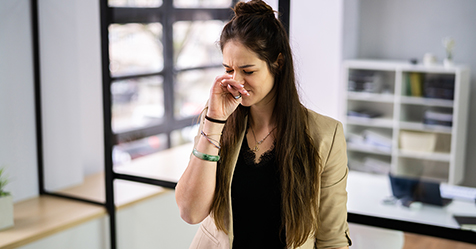There’s no question that COVID-19 forced the conversation of indoor air quality (IAQ) to the forefront during the past year. While health care facilities have always been cognizant of the need for clean air to mitigate infection risks—and have taken active steps to establish and maintain acceptable IAQ—other segments may have only thought about it in passing before the pandemic. That’s not surprising given the many responsibilities facility managers and HVAC contractors in commercial and industrial facilities have on a daily basis. There is also cost and schedules to consider, since updating HVAC systems is expensive and can take time.
Now that improving IAQ has become a must to help protect public health, there’s a good chance that awareness of improved ventilation and air filtration solutions will be here to stay. No matter the industry, building occupants would benefit.
What steps do you need to take to improve IAQ, now and in the future?
Following the standards
Understanding the industry standards is the first consideration to establishing and maintaining acceptable IAQ. ANSI/ASHRAE Standards 62.1 and 62.2 are key. They cover ventilation design and procedure and are intended to minimize health risks for employees, tenants, visitors, and residents in a wide variety of buildings.
Based on the emergence of COVID-19, ASHRAE updated its guidelines in spring 2020 for IAQ. These guidelines aimed to better protect occupants in enclosed areas and spaces where secondary spread of the virus could easily occur. They offer four key ways to make the adjustment toward better IAQ:
- Increase outside air
- Improve air filtration
- Install ultraviolet (UV-C) lighting
- Maintain humidity levels within a specific range.
While their origin may have stemmed from COVID-19, these guidelines offer future benefits to facility managers as they seek to create healthier structures. The guidelines provide value as long-term solutions to help prevent the spread and development of diseases—from the common cold and flu to bacterial infections and the early onset of asthma caused by airborne pathogens.
Facing challenges
As a starting point to determine the health of a building’s IAQ and what improvements need to be made, it’s important to set a baseline by making a thorough air quality and HVAC system assessment. This will identify issues like positive or negative airflow, pollutants, and any leakage that could make maintaining airflow difficult. Once you have the results of your assessment, you will need to consider the solution.
Many of today’s buildings have mechanical systems that were manufactured and installed when filtration, outside air intake, and air-change standards were lower or considered not needed. To retrofit or replace these systems to meet stricter IAQ requirements takes time and money and may not always be feasible. Retrofits often affect operation and production.
Rental partners can help by identifying cost-effective measures to close the gap between the current ventilation needs and the required ones. They have the technical expertise and equipment to provide temporary solutions to ventilation issues, such as air scrubbers, HEPA filtration, and negative air machines. These partners are also able to install them efficiently without impeding daily operation processes. This allows building managers or HVAC contractors time to decide if long-term equipment rental makes more sense than upgrading their mechanical system—or vice versa.
Creating a clean space
Every facility is different, so there isn’t a one-size-fits-all solution to meeting acceptable IAQ. Whether renting equipment or upgrading a system is the right decision for a facility, there are specific steps you can take to meet the current guidelines. These steps can help improve IAQ now and set the building up for a healthy future.
Air changes—Air changes are the total volume of air within a certain space, in cubic feet, changed out 100% by the multiple — one air change, two air changes, and so on. Determining and addressing air changes helps ensure that a facility is increasing the outside air used by the HVAC system, as recommended by ASHRAE. The minimum varies according to the type of building and the building’s intended use.
For example, half an air change every hour would be a minimum for a commercial structure, whereas in a healthcare setting, ASHRAE requires a minimum of two air changes of outdoor air per hour and two total air changes. Specialized equipment, such as negative air machines, can help. These machines remove more air than the HVAC system places back into a space.
Air filtration—ASHRAE has recommended that filtration be increased to at least a minimum efficiency reporting value (MERV) of 13 during the COVID-19 pandemic, and facilities should consider maintaining that level even after the pandemic. Better filtration can help ensure high IAQ and offer protection against other viruses or contaminants.
The new recommendation for increasing MERV ratings serves an important purpose. The higher the MERV value of an HVAC filter, the smaller particles it can capture, the SARS-CoV-2 virus included.
HEPA filters, for example, can remove around 98% of particulates and are rated at MERV 18 or more. To avoid the turbulence that comes with thicker, higher-MERV-rated filters, however, it is necessary to introduce 100% outside air via supplemental HVAC equipment, such as high-static air handling units and high-static cooling units.
Deactivation of virus and bacteria—Ultraviolet (UV-C) light neutralizes viruses and bacteria in the air and has been shown in studies to render the coronavirus inactive. Research also shows that it can prevent other viruses from reproducing, so it is a good short- and long-term solution to meet current ASHRAE guidelines and to maintain acceptable IAQ in the future.
The U.S. Food and Drug Administration (FDA) has identified the installation of UV-C radiation in HVAC ducts as being the safest approach to deactivating viruses and bacteria, while also protecting occupants in a building. Typically, HVAC contractors will have the UV-C light set up inside the air screen. After the air has been filtered, going through a cooling or heating coil, a bank of UV-C lights comes in contact with the airstream to interact with the virus.
Installing UV-C lighting requires an HVAC unit to be taken offline, during which rental air conditioning and air handling equipment can be used temporarily.
In addition to UV-C lighting, maintaining a relative humidity between 40% and 60%, per ASHRAE, can also minimize the spread of COVID-19 and other viruses. This humidity level decreases the presence of infectious particles and makes them less effectively transmitted to building occupants.
Looking to the future
While the pandemic has raised awareness about the importance of IAQ, the issue certainly should not draw back into the shadows once COVID-19 is under control. Indoor air quality issues have existed for years and have caused varying levels of harm to the inhabitants of commercial and industrial structures. It’s important that building managers and HVAC contractors implement protocols to regularly monitor IAQ so they can continue to make decisions that will keep their building occupants healthy and safe.





